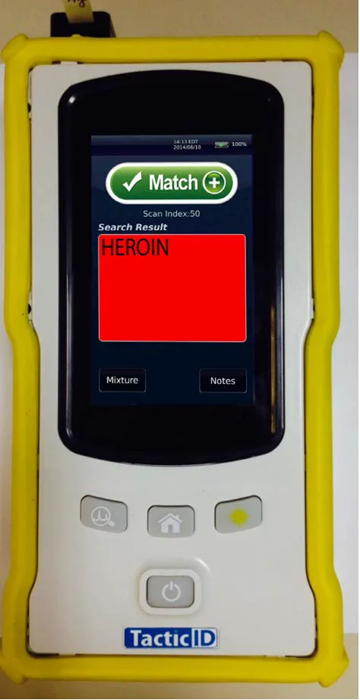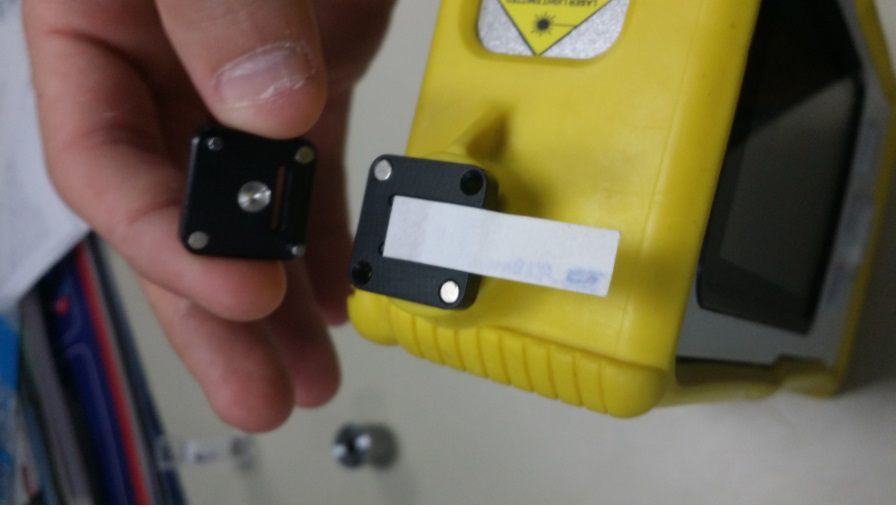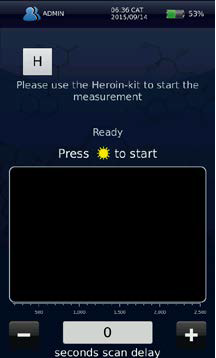Sponsored by Metrohm AGReviewed by Olivia FrostOct 27 2023
Raman spectroscopy is commonly utilized in forensic analysis to identify and verify unknown materials.
Handheld instruments equipped with libraries of explosives, controlled substances, and a wide range of other materials offer a reliable and nondestructive tool for law enforcement and safety and security personnel.
This enables the identification of materials at the exact time and place that suspect materials are encountered.
Most materials are Raman active and exhibit sharp distinctive peaks with Raman, allowing identification by the Raman signature. However, many street and real-world samples are impure and dark in color.
The dark color is usually a result of impurities, leading to fluorescence that may interfere with the Raman measurement. Using Surface-Enhanced Raman Spectroscopy (SERS) is one approach that may be used to suppress the fluorescence of a sample and boost the Raman activity/signal.
This approach involves low concentrations of samples being dissolved in a solvent and applied to a SERS substrate. The substrate contains metal nanoparticles that improve the Raman signal of the molecule of interest.
Heroin (3,6-diacetylmorphine) is highly Raman-active and provides a distinct Raman signature in its pure state. However, most heroin seized on the street is not high purity. It may be mixed with cutting agents, colorants, and other narcotics, which makes it challenging to obtain a Raman spectrum with no fluorescence.
The TacPac SERS combined with the TacticID handheld Raman offers a rapid heroin identification test. A small drug sample is used for this test, and identification results are delivered within one minute.
The user may input notes for each result to keep a record of the sample, case ID, and other identifying data for traceability. These notes are included in the scan report, which is date and time-stamped and synchronized to a secure database that prevents records from being modified.

Figure 1. Heroin identification results on TacticID®. Image Credit: B&W Tek
The sample is placed in the TacPac adaptor, and the touch screen begins the measurement.

Figure 2. SERS test sample placed in TacPac adaptor for measurement. Image Credit: B&W Tek

Figure 3. TacticID Scan Interface. Image Credit: B&W Tek
Results can be viewed on the handheld unit and synchronized to a computer for reporting and secure data storage. The reports from the database detail the results and the full traceability and user-entered notes for each record.
Acknowledgments
Produced from materials originally authored by Katherine A. Bakeev at B&W Tek, Inc., Newark, Delaware.

This information has been sourced, reviewed and adapted from materials provided by B&W Tek.
For more information on this source, please visit B&W Tek.